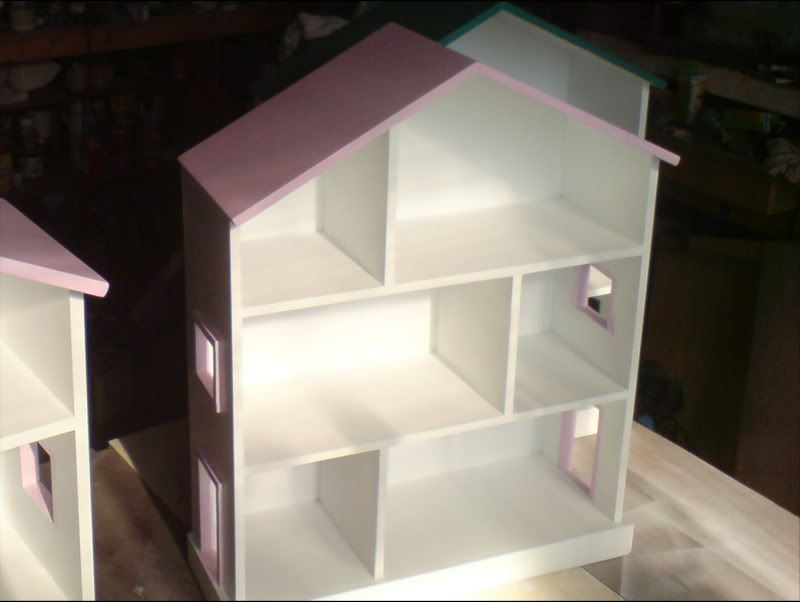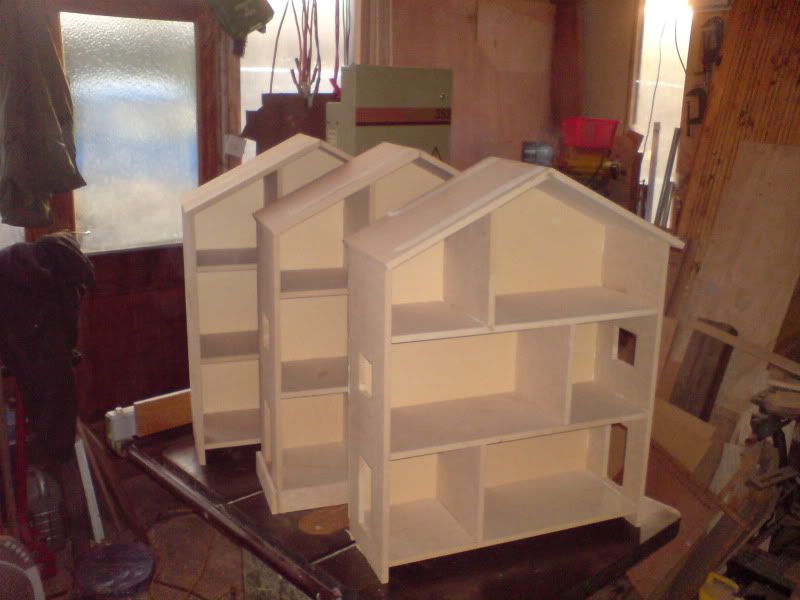Unfortunately your images are too out of focus and too overexposed for me to help you with an identification of the woods you asked about, apart from being able to see that two are oaks of some sort, and the other might be parana pine as someone else suggested, but it could be almost anything.
In response to your secondary question I'm including something on brown oak below. Slainte.
Tusses":3o0gmtgt said:
While we are on it - what does English brown oak look like ?
Brown oak is the result of infection by
Fistulina hepatica in a live tree. Beefsteak fungus or ox-tongue fungus are the common names for this fungus. A large fruiting body of the fungus does look remarkably like a large red brown tongue sticking out of a mouth; and this is a sure sign of infection. The fungus usually infects the tree through a large wound such as those found after pruning a sizeable branch or at the ragged torn site of a fallen limb. This fungus infects other tree species such as the sweet chestnut,
Castanea sativa, with similar results.
The bracket like fruiting body of the Beef Steak or Ox-tongue fungus that causes brown oak.
It takes some years for the distinctive colour to develop and felling the tree at the right time is the key to getting a large quantity of usable brown wood. Felling the tree too late results in soft, degraded and unusable timber. Americans have the attractive phrase ‘punky’ to describe ‘decorative’ rots that are so severe that the wood is too soft to use any more. Keeping the log in the round for a few years after felling emphasises or darkens the colour. Brown oak shouldn’t be used for structural parts in demanding situations. Generally brown oak is somewhat more expensive than uninfected oak and it’s my experience that it’s generally used sparingly, eg, for table or cabinet tops, for door frames or, conversely, as door panels.
A European brown oak board below a piece of uninfected European oak. The difference in colour is quite striking.
In use I’ve always found brown oak somehow slightly greasy to the touch, and compared to uninfected oak of the same species, it’s softer and easier to work with both machines and hand tools. The greasiness I’ve noticed probably explains why sawmills converting the wood into planks usually have to clean the blade frequently. One other notable characteristic of brown oak is its lightness compared to uninfected material. Typically a cubic foot of European oak dried to about 10% MC weighs approximately 45 lbs/ft³. A piece of brown oak weighs less; how much less is an indication of how far the infection has spread and can give a rough suggestion of how much strength has been lost.
In my experience the rich colour of brown oak seems to fade within a few years and over ten years or so it becomes harder to spot the differences between it and uninfected oak.
A close up taken in 2008 of a cabinet I made in the early 1980’s. The glazed door frame is brown oak which sits inside an opening made of uninfected English oak. Over the first ten years the uninfected straw coloured oak darkened and the dark chocolate brown door frame lightened in colour. There are still visible differences, but they are much harder to spot now, roughly 25 years after construction.
Tiger oak is fairly certainly an early stage infection by the beef steak fungus and results in darker brown stripes interspersed with the lighter colours. Alternative names are streaky oak, and I’ve even heard it described as stripey oak.
An early infection result of the beef steak fungus in European oak.





















































